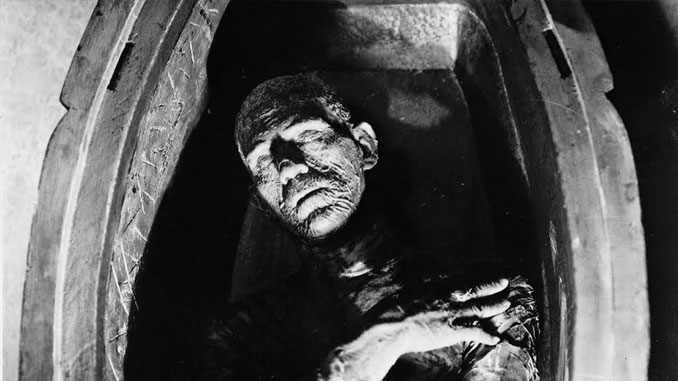
What can I say about The Mummy that hasn’t already been said? It is one of the greatest horror films ever made and is a blessing to the motion picture business in general. Coming out a mere one year after the genre-defining Dracula and Frankenstein, The Mummy had a lot to live up to since the previous films in the genre had set the bar pretty high as far as movie-goers were concerned. To have been a theater patron back in 1932 would have been quite the experience as they likely would have had no idea what to expect from what they were about to see. The eeriness of Dracula and the shock of Frankenstein were probably still fresh in everyone’s minds; now a new film about an Egyptian mummy coming to life is released and, with no source material behind it, people probably had no idea what to expect.
What makes The Mummy stand out from its predecessors in the Universal horror library is the fact that it was an original idea; The Hunchback of Notre Dame, The Phantom of the Opera, Dracula, Frankenstein, etc. had all been based off of earlier works in either literature, film or both. Likely inspired by the discovery of King Tutankhamun’s tomb a mere 10 years prior, The Mummy came in on the heels of a worldwide Egypt craze. Riding on the coattails of the general public becoming aware of the existence of mummies, Ancient Egyptian religion and, of course, the alleged curse that befell those who opened the tomb, The Mummy seemed to capitalize on what was popular at the time.
The Mummy boasts an all-star horror cast with Boris Karloff as the title character Imhotep, Edward Van Sloan as the knowledgeable Doctor Muller and Zita Johann as the female lead Helen. Also, fresh from his role in Dracula, is David Manners as Frank Whemple, the film’s protagonist. Every character is unique and memorable with a very believable onscreen chemistry that most modern films fail to reproduce. The dialogue and other exchanges between these characters is on point with Edward Van Sloan, as always, leading the pack with his unflinching delivery and truly relishing every role he is given.
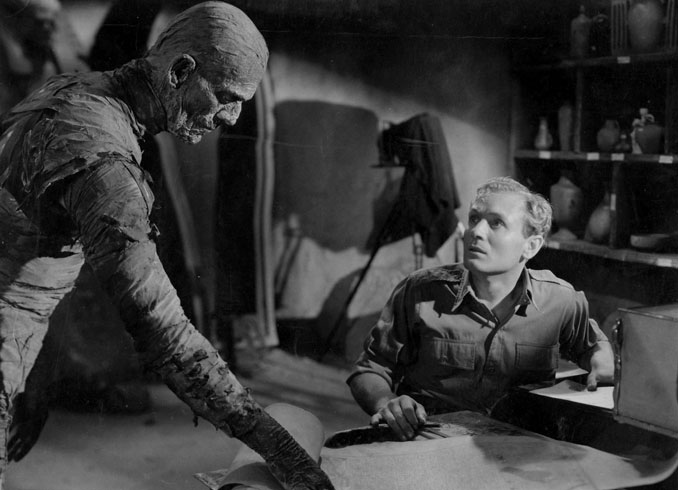
The opening scene is one of the best in horror history and is, in my opinion, comparative to the resurrection scene in Frankenstein or the transformation in The Wolf Man. Opening in 1921, Sir Joseph Whemple and his assistant Ralph have just excavated an Egyptian tomb complete with a mummy and a mysterious chest. What’s unique about this scene is that the mummy more or less acts as a background prop for the majority of the time it’s onscreen; the characters go about discussing the dig and the curse associated with the chest and the whole time Boris Karloff in full mummy makeup just sits in the background and may very well be asleep. Speaking of the makeup, Jack Pierce did some of his finest work on Boris Karloff in this movie and it is a shame that work was only limited to this one scene.
Dr. Muller warns David outside “under the stars of Egypt” that the gravesite is cursed in a very memorable exchange and that he would do best to put everything back where he found it and leave. Meanwhile, Ralph’s curiosity gets the better of him as he reads from the Scroll of Thoth which has been locked away with the mummy of Imhotep. This mistake brings Imhotep back to life in an eerie scene which is made creepier by a complete lack of music or any sound other than the slight rustling of bandages that haven’t moved for thousands of years. Ralph, upon seeing Imhotep come to life and make off with the scroll, is driven to insanity and is found laughing hysterically when Dr. Muller and David return to a now empty casket and the scroll missing. There you have it, one of the best opening scenes of all time which perfectly sets the tone for the whole movie; one that is quiet and subtle with just enough creepiness to make the viewer feel uneasy.
Jump forward 10 years and Imhotep, having shed his bandages and going by the name Ardeth Bey, convinces David Whemple’s son Frank to dig in a very precise location for the tomb of the Princess Ankh-es-en-amon. Upon discovering her and all of the treasures of her tomb, Frank donates both her mummy and treasures to the British Museum in Cairo. Little does Frank know that he is merely being used as a pawn by Imhotep who plans to resurrect the princess using the Scroll of Thoth which he stole 10 years earlier. Unknown to anyone, Ankh-es-en-amon has been reincarnated in the modern day in the body of Helen played by Zita Johann.
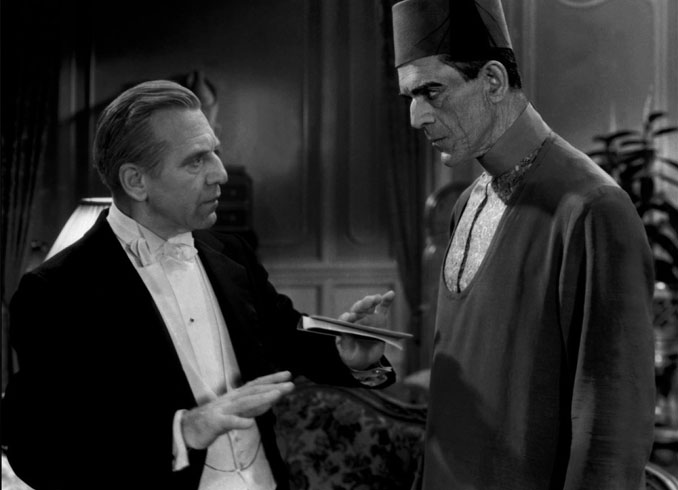
Lets talk about Zita for a little bit; this actress did not get along with the director, Karl Freund, at all during the filming of The Mummy and it kind of shows in her performance at times. The woman looks pissed when she is onscreen in some scenes, and who could blame her when stories of how Mr. Freund treated her came to light. Allegedly, Karl needed someone to blame if he was unable to meet the deadline for shooting the movie, so he chose Zita. The two took an instant disliking towards each other and their animosity persisted throughout the production of the film. Freund would force Zita into very uncomfortable situations when filming, didn’t provide her with a chair on set and even stuck her in a room with live lions while everyone else was safe in a cage to shoot a scene which was ultimately cut from the film. This also explains why, late in the film, Freund put Zita in a skimpy midriff-baring outfit that must have driven the censors at the time crazy.
Despite her ill treatment by the director, Zita truly does steal the show when she’s onscreen. Upon meeting Imhotep, he seems to instantly recognize Helen for who she truly is and starts plotting for how he will bring back the woman he died for. Dr. Muller also seems to recognize what’s going on and, in a moment that mirrors a famous scene in Dracula, warns Imhotep to stay away from Helen and the Whemple family. Arrogantly ignoring this warning, Imhotep calls for Helen through his magic and shows her a flashback of their former life together in Ancient Egypt.
The flashback scene is another one that really sticks with people who remember this movie fondly. Shot in the style of a silent movie, with exaggerated body language and overlaying music, it tells the story of how Imhotep was sentenced to be buried alive for the sacrilege of attempting to resurrect his love Ankh-es-en-amon. The scene is so good that all Universal mummy films that followed shamelessly ripped it off when they attempt to explain themselves. This flashback allows for Helen to remember who she truly is and for Imhotep to place her in a trance and attempt to kill her in order for Ankh-es-en-amon’s spirit to fully take hold. Frank, who has fallen in love with Helen, rushes in to rescue her and Imhotep is killed when Helen prays to a statue of Isis to save her. The movie ends with Imhotep crumbling into dust and Frank calling across the ages for Helen to return to him.
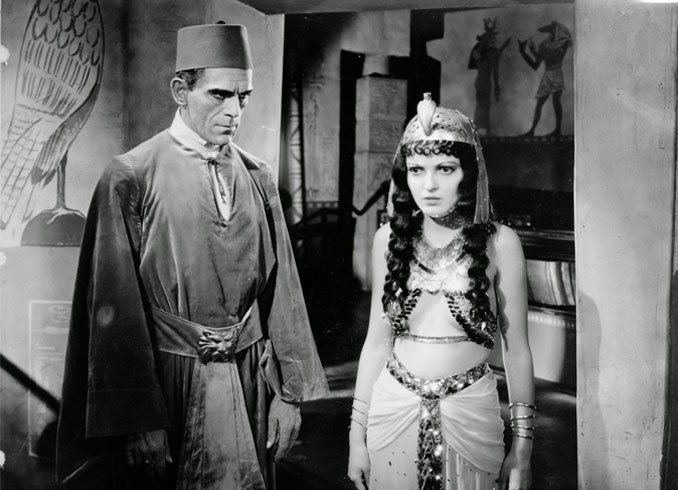
There it is, a condensed (as well as I could manage) abridgment of one the greatest horror films of all time. While modern audiences seeing it for the first time may be bored by it since the mummy doesn’t stay wrapped up the whole time and there isn’t really much in the form of actual scariness; a seasoned fan of the genre will appreciate it for its atmosphere and how well all of the players fit into their respective roles. Between Zita Johann pushing through the onset adversity, Boris Karloff’s imposing onscreen presence and Edward Van Sloan’s line delivery, who could hate this film? I would highly recommend this film to anyone interested in classic horror or horror films in general; it is one of the greats that helped launch a genre that persists to this day.

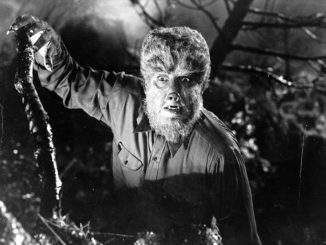
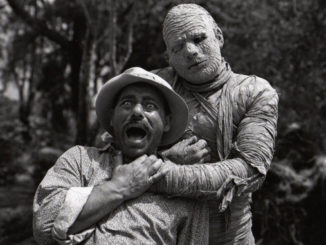
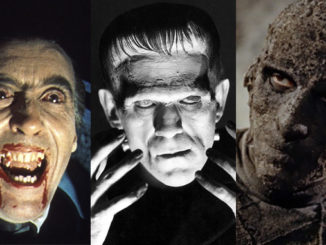
Be the first to comment